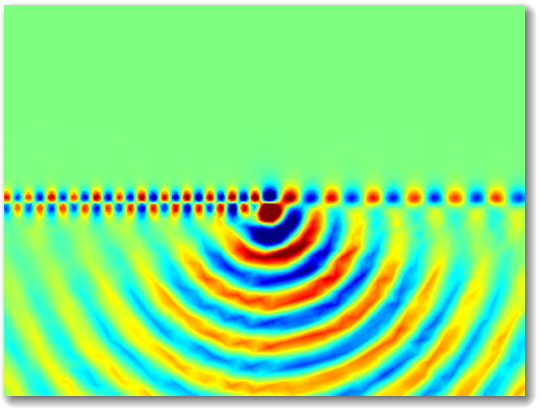About the Project
Nontrivial Berry phase in its ground state electronic wavefunction has recently inspired its experimental observation in 2D materials, such as valley Hall transport and circular dichroism in gapped Dirac materials. However, it was predicted that the underlying Berry phase of the electronic ground state should also imbue the collective electronic excitations with a completely new non-reciprocal character. This project will investigate two fundamental questions: i) How are the collective modes, including plasmons-polaritons of topological materials, impacted by the non-trivial topology of their single-particle electronic states? ii) How to harness topological plasmons for creating new optoelectronic devices? The program integrates condensed matter physics, materials and electromagnetics modeling, advanced inverse photonic system design, state-of-the-art 2D materials device fabrication, advanced hyperspectral imaging with near field infrared techniques, and mid-infrared integrated photonics components. This 4 years program involves University of Minnesota, Columbia University, Stanford University and the University of Pennsylvania.

Image: Electromagnetic simulation shows the launching of non-reciprocal edge plasmons and bulk plasmon by a linear dipole positioned at the edge of a medium with non-zero net Berry curvature. Image by Anshuman Kumar.
Theory team
Experiment team
Publications
To be updated
Outreach
To be updated
Acknowledgement
This work is supported by the National Science Foundation under grant number NSF/EFRI-1741660